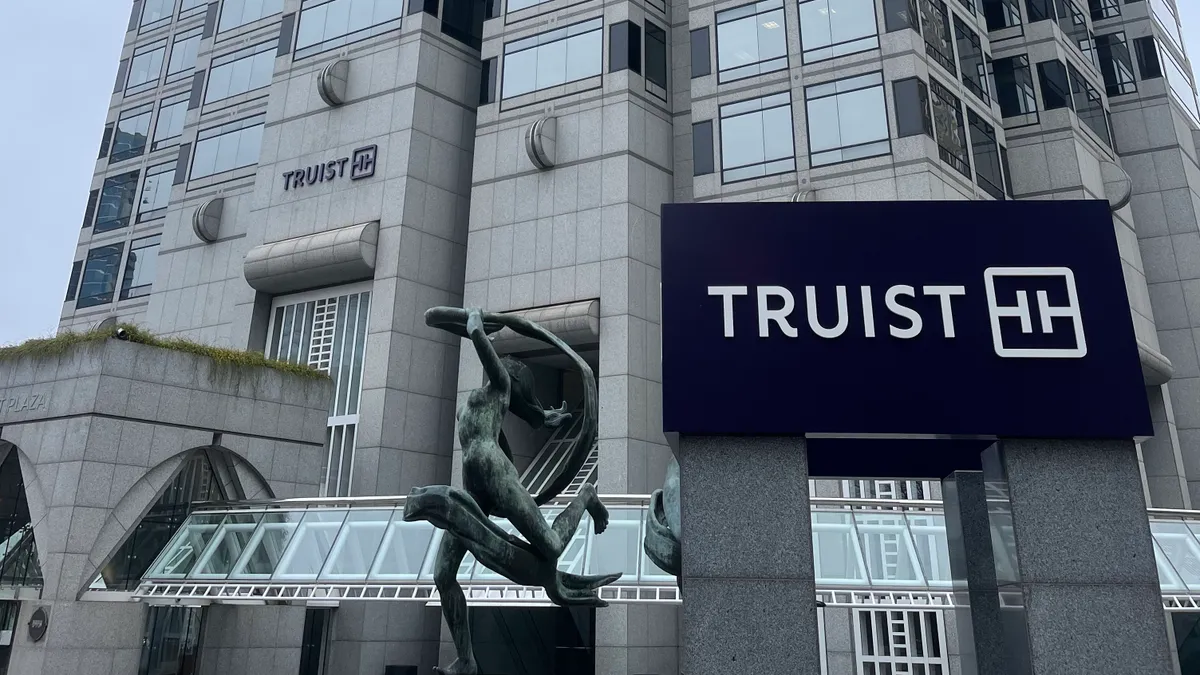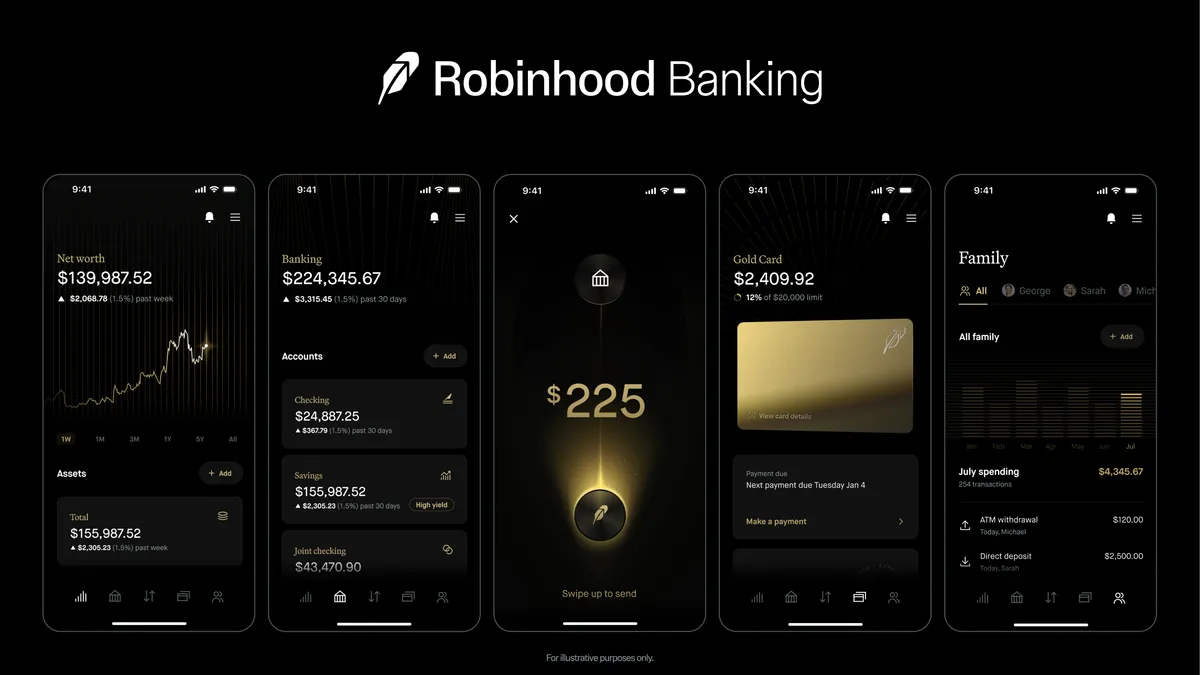Charlotte, North Carolina-based Truist has launched a 45-person innovation team working across business lines to test and develop new products, the bank announced Wednesday.
The new unit, called Truist Foundry, includes the 12-person team of engineers and designers originally part of Long Game, a financial games app the bank acquired for an undisclosed amount in May. Truist Foundry adds around 30 engineers, some of whom were working in other areas of the bank, said Lindsay Holden, head of Truist Foundry and co-founder of Long Game.
The advantage of a stand-alone innovation group is its ability to work across the organization to build new offerings in emerging product categories, Holden said. Truist Foundry team members will be located across the U.S., but the unit will have an office in San Francisco. It will report to Chief Information Officer Scott Case, and will encompass business, product design and technology functions.
“Think of it as a startup within Truist,” said Holden, who noted that the new team will launch new products across emerging product areas including Web3 and the metaverse. The team has worked to integrate Long Game into Truist’s product ecosystem and will be relaunched as Truist Long Game next year, she noted.
Long Game users play games to earn in-app reward coins as they save money and hit financial education goals. The coins can be used to play additional games that offer possibilities for cash rewards.
A key objective of Long Game is to drive customer acquisition, particularly among millennial and Generation Z users. When Long Game was acquired, users spent around 13 minutes per session and saved an average of roughly $60 a month, Holden told The Wall Street Journal in May.
“[Long Game] utilizes behavioral economics, prize link savings and mobile gaming to motivate positive financial behaviors and drive new account growth and client retention,” Truist CEO Bill Rogers said on the company’s second-quarter earnings call in July.
While the Foundry team will be working on ways to integrate gamification into the digital banking experience, its focus will be on user experience design, Holden said.
Truist’s effort to acquire Long Game was led by the bank’s venture capital arm, Truist Ventures. The bank first became acquainted with Holden and the Long Game app a year ago as part of an initial discussion about an investment, said Christina Bechhold Russ, head of strategic initiatives at Truist Ventures.
“I really liked Lindsay and her vision, and I was really impressed with the team that she was able to assemble around her,” Russ said. “It became clear that actually owning Long Game and making that product part of the bank, but also using gamification across more areas of the bank, would be incredibly impactful.”
The Long Game acquisition also helped the bank gain new talent that would allow it to innovate more quickly, she added.
The $548 billion-asset bank has made more than a dozen acquisitions since it was established, including insurance-related offerings and Raleigh, North Carolina-based data governance platform Zaloni in August. (The bank was the product of a $28 billion merger resulting from BB&T’s acquisition of SunTrust in 2019.)
Foundry’s key priorities align with Truist Ventures’ approach to investments and acquisitions, particularly the focus on emerging technologies.
“We’re really interested in unstructured data intelligence … We're really interested in Web3 and what impact that's going to have on everything from point-of-sale lending to the retail bank,” she said.
Embedded finance, including the ability to embed outside products onto the Truist platform, is also a key area of focus, she added.
The current economic climate is an opportune time for the bank to explore more investment and acquisition possibilities, Russ said.
“It's actually a great time to be in the market. Valuations are more reasonable and frankly, companies that wouldn't talk to you at the height of the market are very interested in having conversations,” she said. “The decisions that banks make over the next two to three years from a technology perspective are going to define who wins over the next decade.”






















